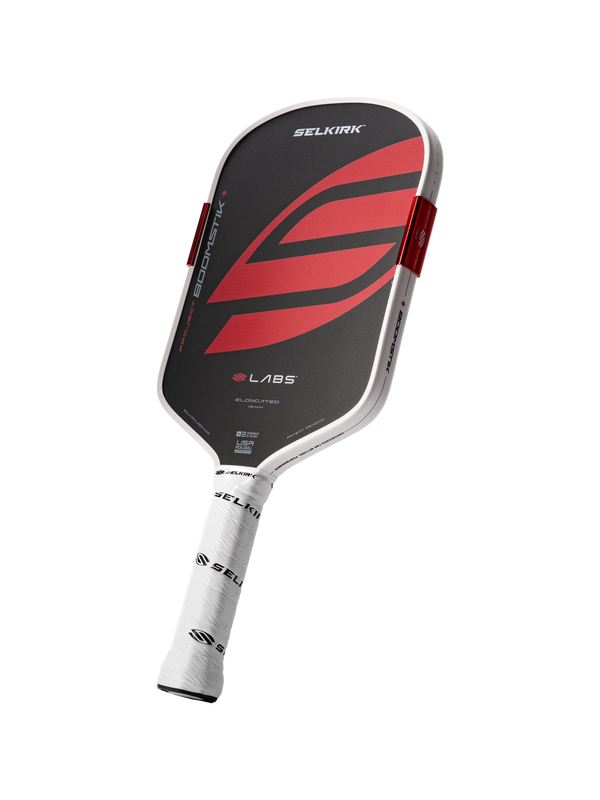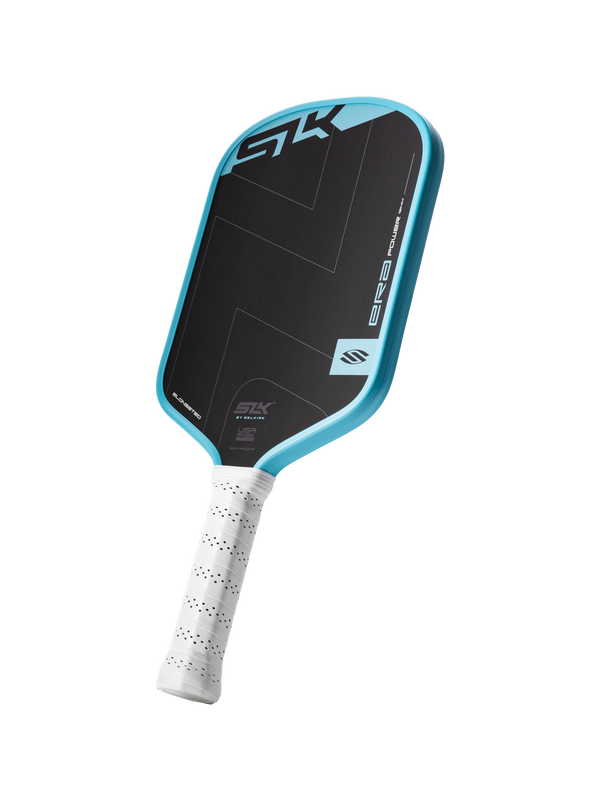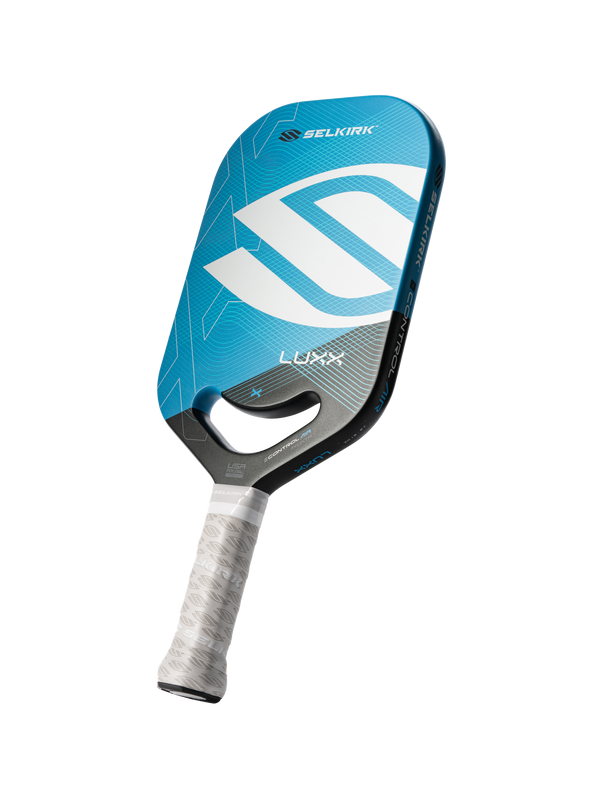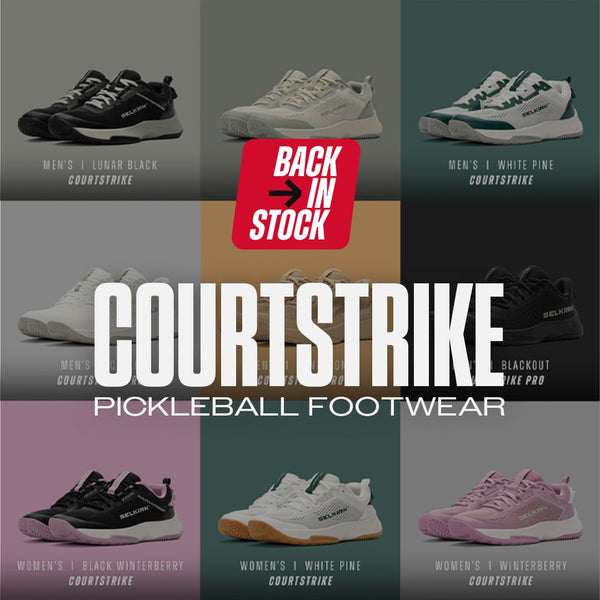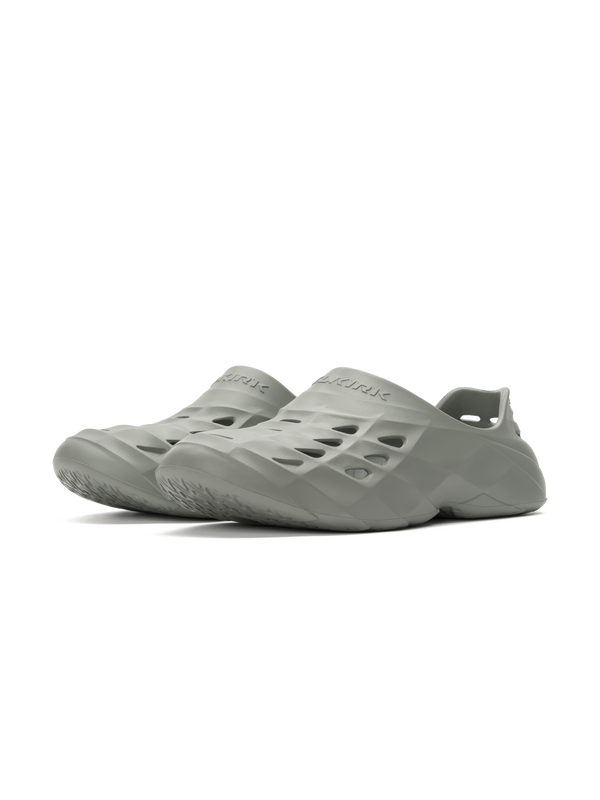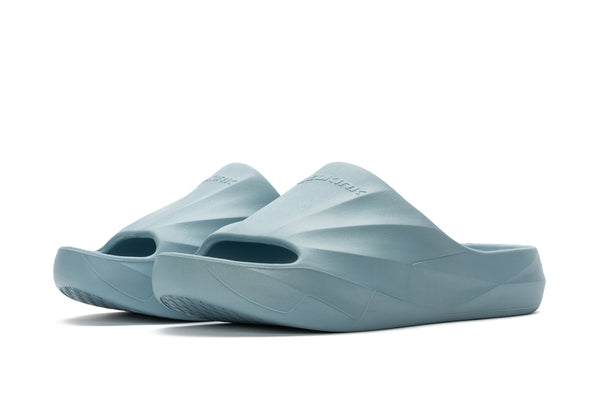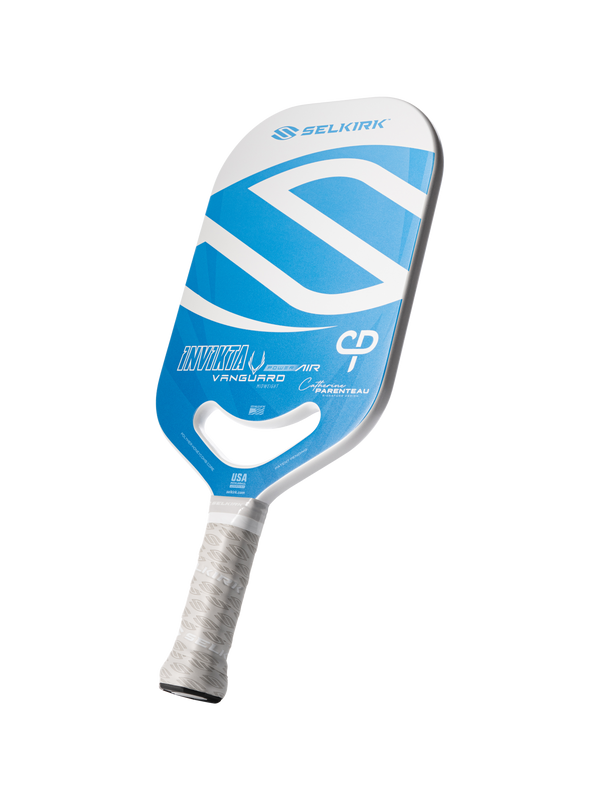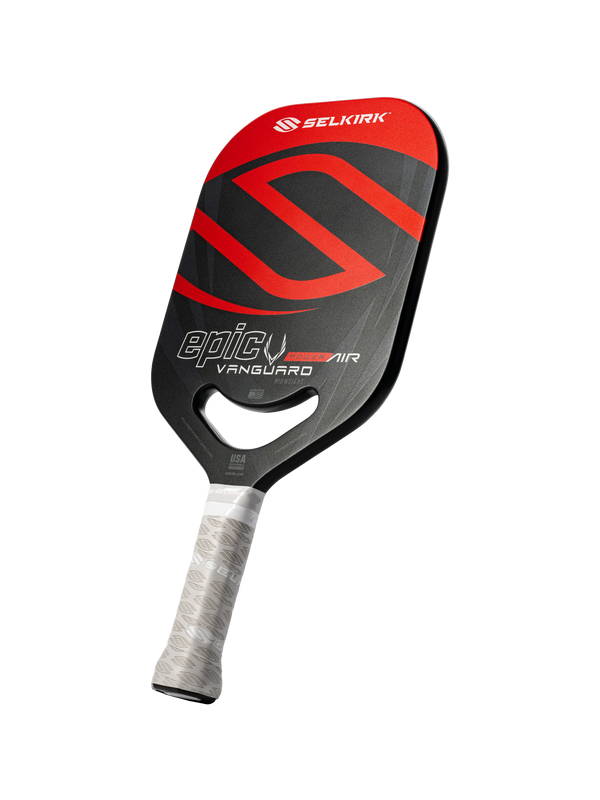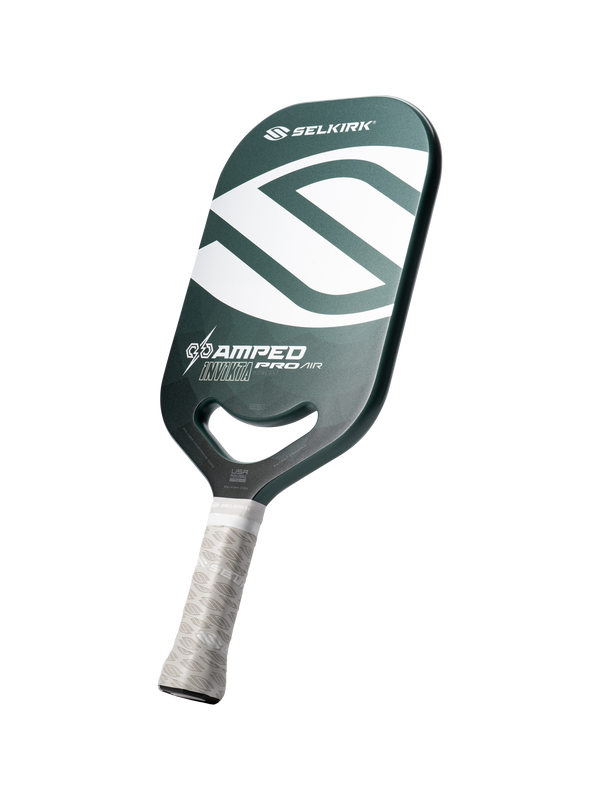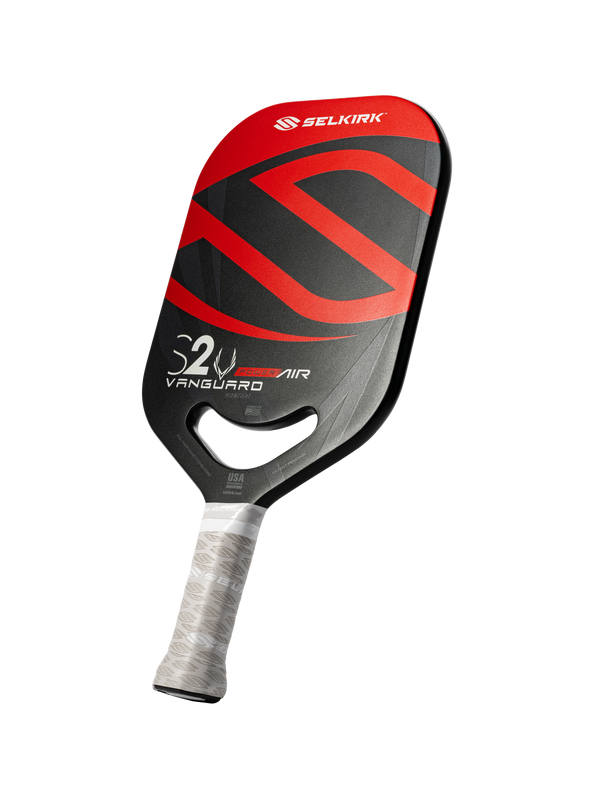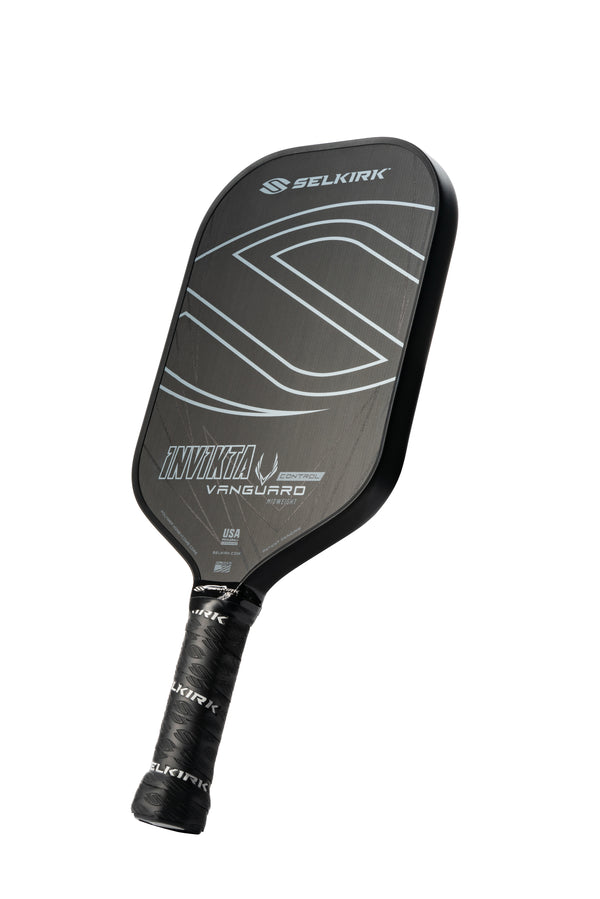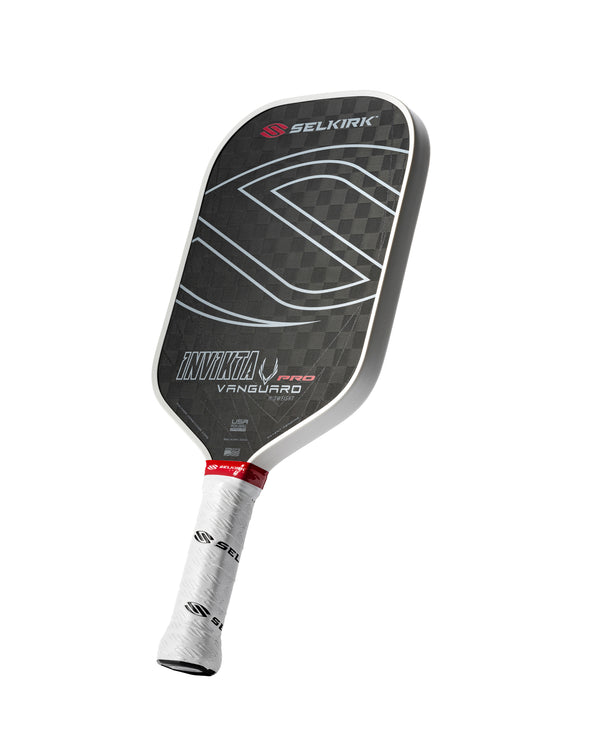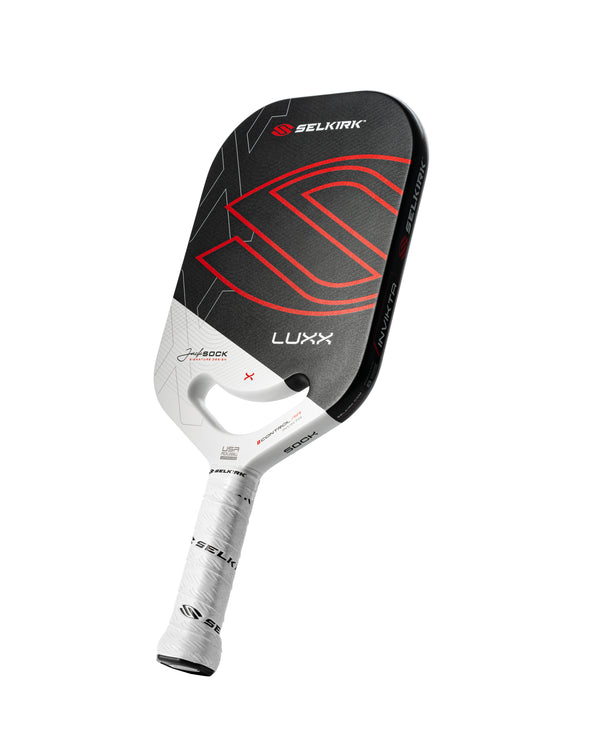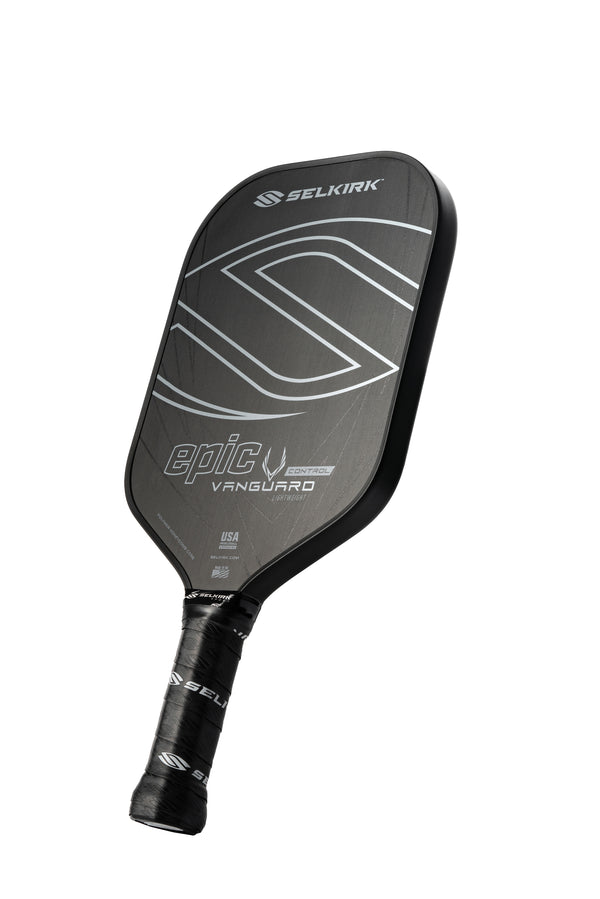The lob shot in pickleball can be one of the most powerful weapons in your arsenal. When used strategically, it can catch your opponent off guard, help create space, and shift the momentum in your favor.
However, when playing in a casual setting, there is etiquette around the lob that can help keep the game enjoyable for everyone. Here's what you need to know about when and how to use the lob shot.
What is the lob shot?
A lob shot is executed by hitting the ball high into the air with a soft touch, sending it over your opponent’s head toward the baseline.
The goal is usually to push your opponent back, forcing them to scramble to return the ball. This shot can be a great counter to aggressive net play, especially when your opponent is pressuring you at the net.
Why the lob shot can be effective
The lob is an effective strategy for several reasons. It can neutralize a fast-paced game, allow you to regain control of a rally, and create openings for offensive plays.
It also forces your opponent to move, making them work harder for their shots. If executed well, a lob shot can disrupt your opponent’s rhythm and create opportunities for a winning shot.
When not to lob
Although the lob shot is an effective tool, there are certain situations where it should be avoided:
1. Etiquette: When your opponent has limited mobility
If your opponent has limited mobility when playing in a casual setting, there’s no need to lob. Instead, focus on other shots that allow you to control the pace of the game. Lobbing in this situation can often lead to tension.
2. Weather: In windy conditions
The lob is particularly vulnerable in windy conditions. The ball's high trajectory can make it difficult to control, and the wind can drastically alter its path. If it’s too windy, it’s best to focus on more controlled, lower shots that you can predict.
3. Strategy: When your opponent has a strong overhead smash
If your opponent is particularly skilled at smashes or has a strong overhead game, lobbing can give them an easy opportunity to hit a winning shot. In such cases, use the lob sparingly and only when you’re confident it will land out of reach.
Etiquette for the lob shot
Here are a few etiquette tips to keep in mind when lobbing during a pickleball game:
-
Be aware of court conditions: Always assess the conditions — such as even surface or ample space between court boundaries and nearby fencing —before going for a lob. This will help ensure the shot doesn't accidentally cause injuries.
-
Use the lob as a tactical shot, not a default: The lob should be used strategically rather than as a go-to shot for every return. Reserve it for moments when it can create opportunities or disrupt your opponent's rhythm. Don't turn the game into a cardio endurance battle.
-
Be considerate of your partner: If you’re playing doubles, remember that constant lobbing can leave your partner stuck at the net with no chance to engage in the rally. Communicate with your partner about the use of the lob and other shot selections to keep the flow of the game balanced.
-
Consider your opponent’s experience level: If you’re playing against someone newer to the game, lobbing can sometimes feel like you’re taking advantage of their limited ability to react. In these situations, it’s courteous to use the lob sparingly to avoid overwhelming them.
How to handle an opponent who lobs too much
If you find yourself playing against someone who lobs excessively, it’s important to address it in a respectful manner.
Excessive lobbing can slow down the pace of the game and make it less fun for both players. If it’s becoming a nuisance, consider talking to your opponent at a natural break in play (such as during a timeout or between games).
You can politely say something like, “I noticed you’ve been hitting a lot of lobs. Let’s try mixing it up a bit more — keeps the game fun for both of us!” Keeping the tone friendly and constructive will help ensure the message is received well.


